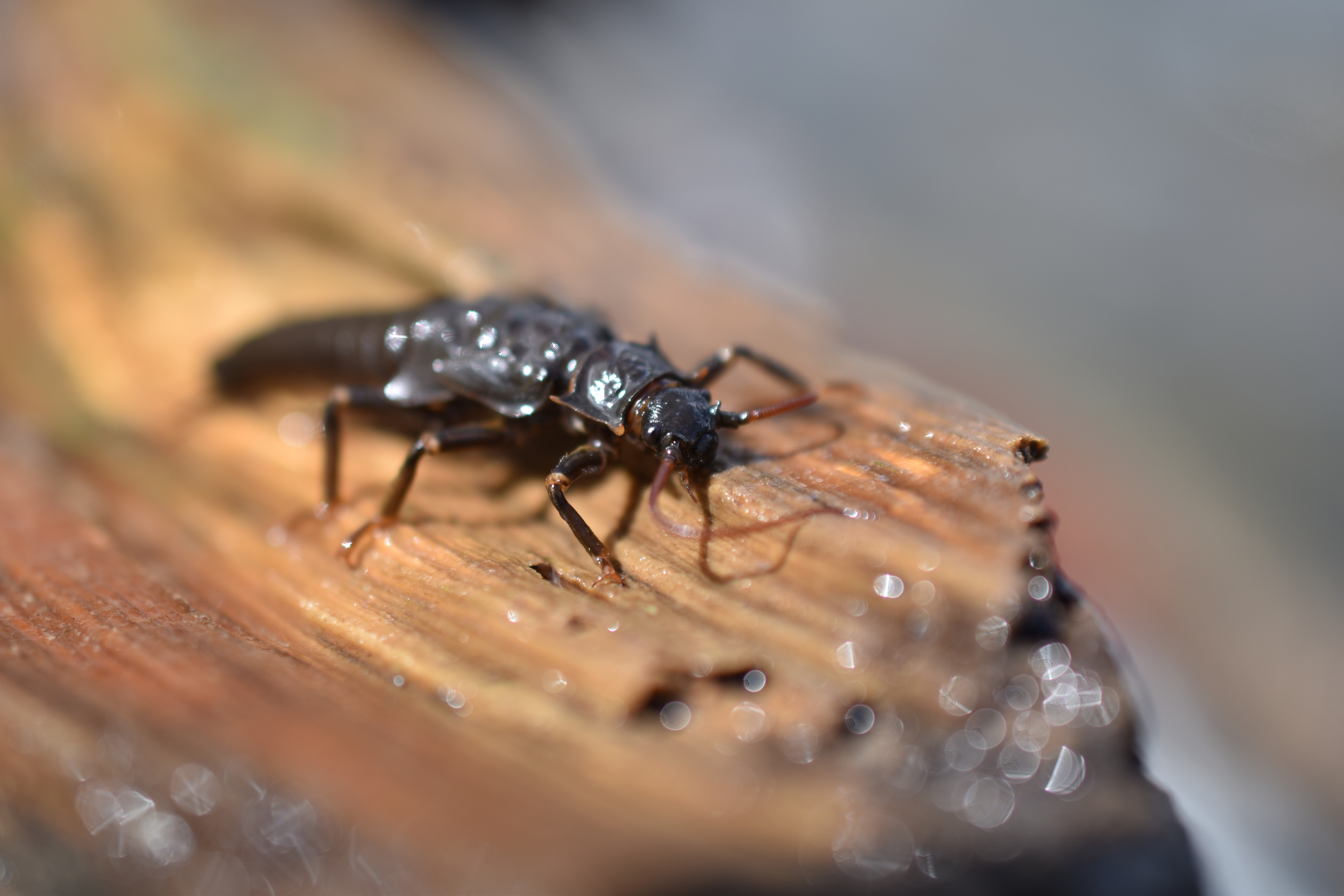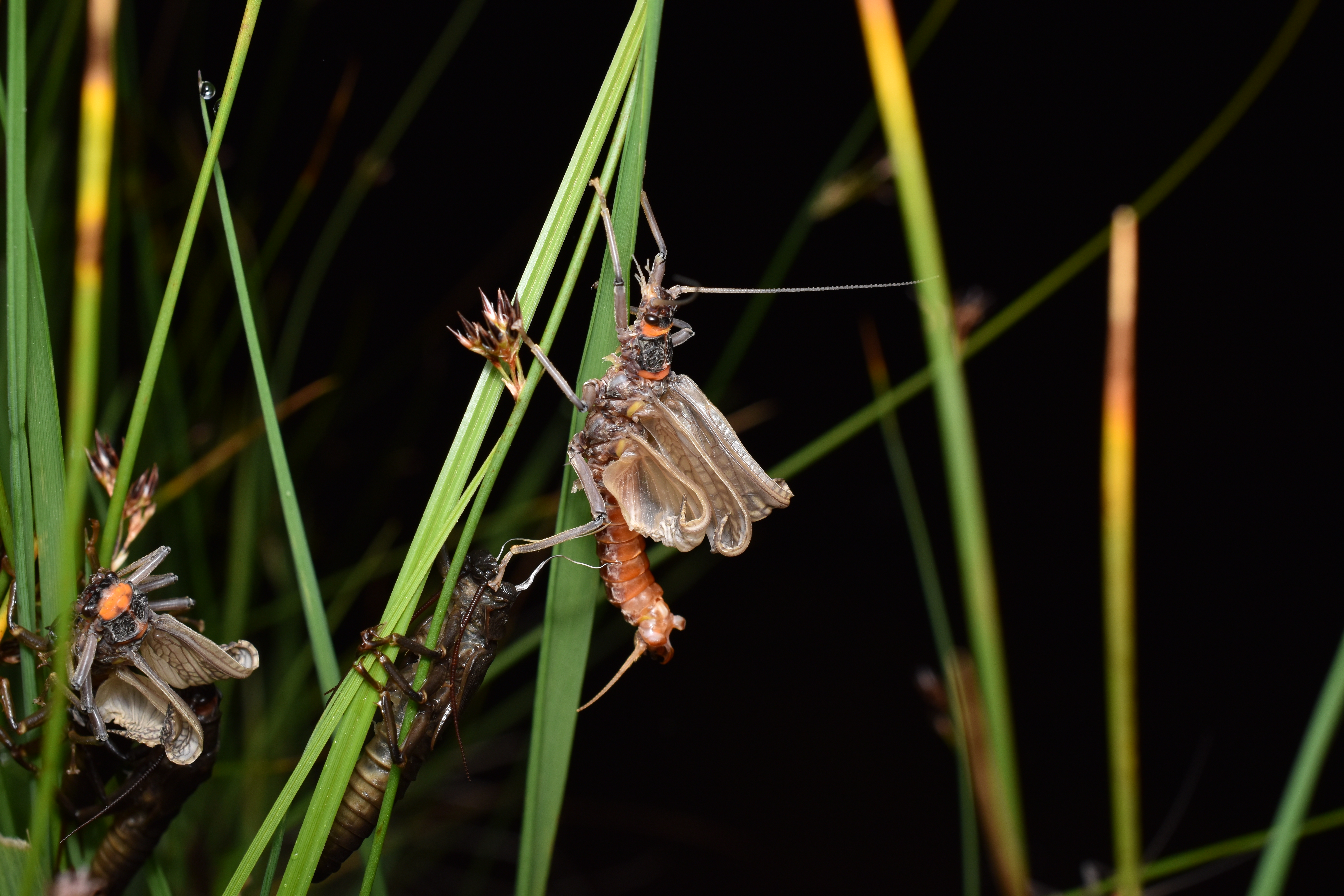Research
Research in the Albertson Lab investigates interactions between freshwater organism ecology and physical geomorphology. Using experiments, field surveys, and theoretical models, we study feedbacks between animals, sediment erosion, and flow regimes. We are also interested in the impacts of altered hydrology and species invasions on ecogeomorphic linkages.
Animals that influence erosion
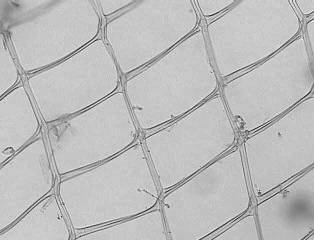
Silk threads woven into a mesh structure by a
hydropsychid caddisfly.
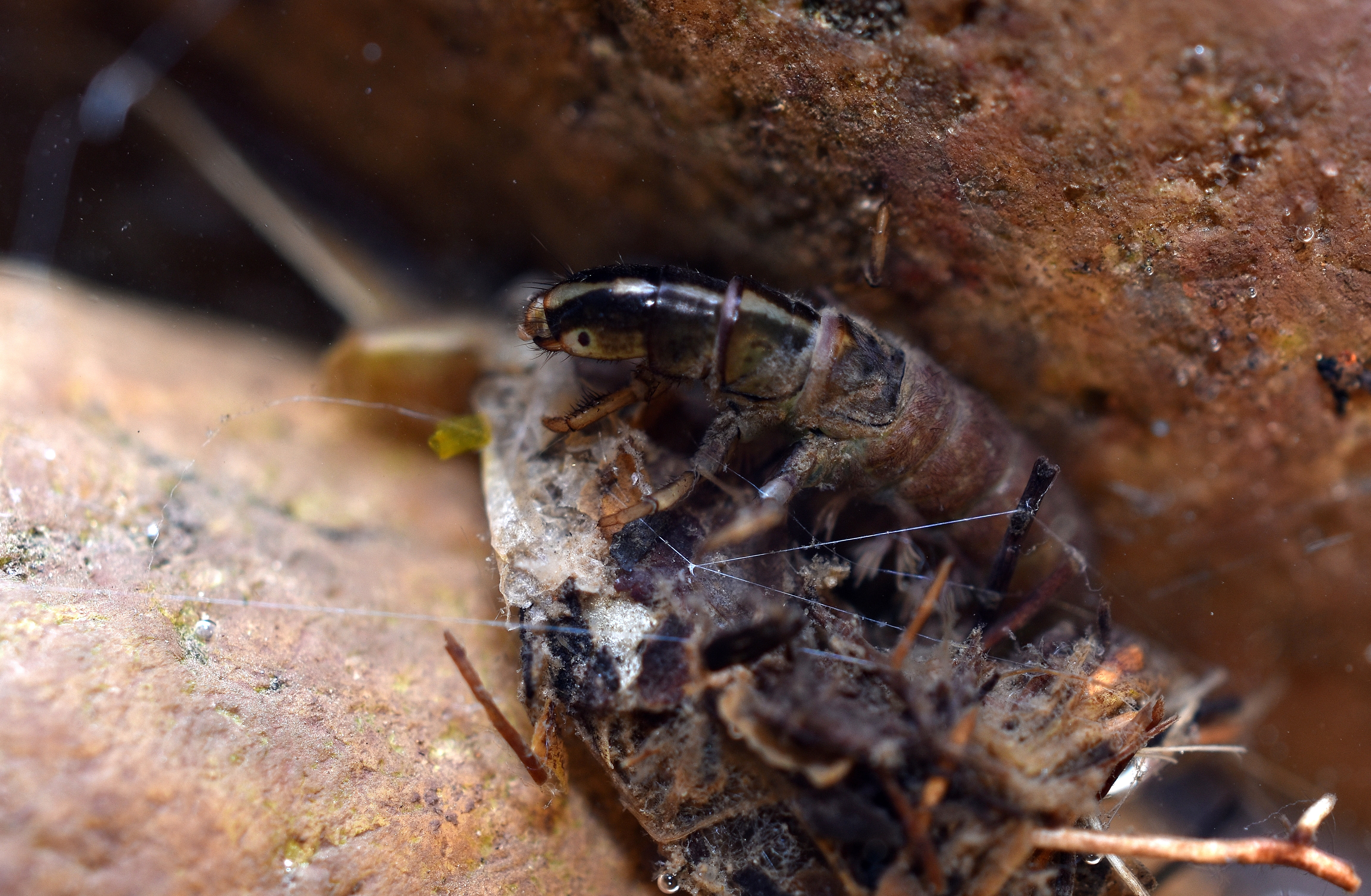
A net-spinning hydropsychid caddisfly larva
(Arctopsyche grandis).
Ecosystem engineers are organisms that modify or maintain their physical environment. We study the mechanisms that regulate where and when ecosystem engineers influence physical processes in stream habitats. We focus our research on aquatic animal engineers such as net-spinning hydropsychid caddisfly larvae (Trichoptera:Hydropsychidae). Hydropsychid caddisflies weave silk threads together into a web that they use to filter-feed, much like a spider does in the air. The silk threads are attached to rocks in the riverbed and can bind together and stabilize these rocks during floods. We seek to identify the biological (organism density, community composition, and species traits) and physical (grain size, discharge, and water temperature) thresholds where these types of biotic engineering effects are strongest. We investigate how interactions among individuals and species influence the strength of ecosystem engineering on sediment erosion. Using experiments, we study the role of competition and territorial behaviors in regulating how strongly biotic engineers control processes related to erosion. The goal of this work is to incorporate more realistic biological communities and species diversity into predictive sediment transport models. We also use meta-analytical approaches to synthesize research on ecosystem engineers. Watch our video about silk net-spinning caddisflies at this link!
Global change and freshwater invertebrates
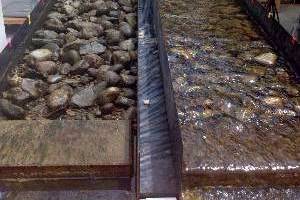
Flumes used to conduct experiments on
riverbed drying.
A giant salmonfly larva (Pteronarcys
californica).
Hydrology and water temperature regimes are shifting worldwide due to a variety of factors related to climate change, damming, and agricultural diversions. As a result, many streams are experiencing warm, low- or no-flow periods, particularly in the summer months. We are studying the impact of these low-flow periods on stream communities. Projects include the impact of drying on silk production and architecture of net-spinning caddisfly larvae (Hydropsychidae), and population dynamics and physiology of giant salmonflies (Pteronarcyidae). We are interested in the ability of tributary confluences to provide flow and temperature refuge to invertebrates. One iconic invertebrate in the Rocky Mountain West is the giant salmonfly. Salmonflies are in decline in many rivers, and we study the drivers of their decline across populations. We also study how restoration tools such as beaver dam analogs (BDAs) might assist managers in addressing low-flows. BDAs affect not only hydrology and geomorphology, but also ecology. We study how BDAs affect ecosystem processes, such as invertebrate secondary production, and habitat for species that feed threatened fish, such as Arctic Grayling.
Species invasions

Rusty crayfish (Orconectes rusticus) in
Pennsylvania, USA.
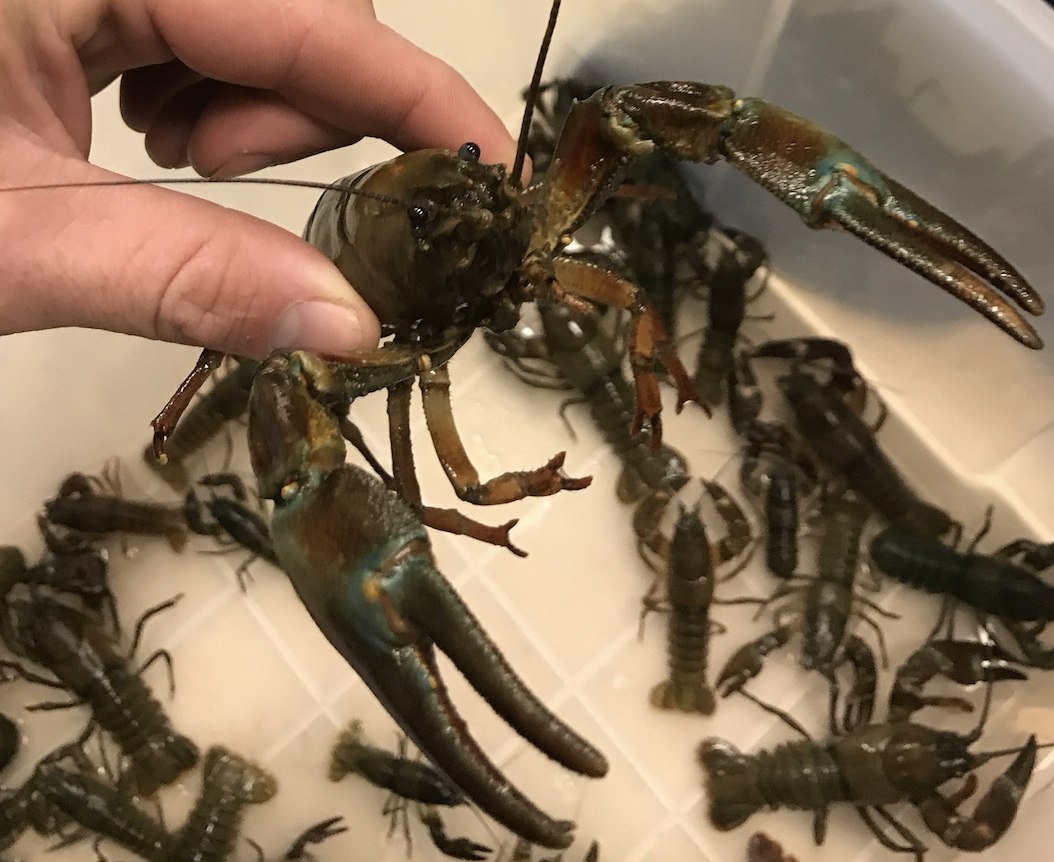
Signal crayfish (Pacifastacus leniusculus) in
Montana, USA.
Introduction and spread of non-native species is one of the world's most pressing environmental problems. Many invasive species strongly influence the formation of physical environments or alter foodwebs. For example, crayfish are one of the most widespread freshwater invaders that are known to engineer riverbeds through their foraging and burrowing activities. We are investigating how crayfish influence gravel sorting, fine sediment suspension, and riverbed topography using field and laboratory experiments. We also study how invasive Lake Trout alter foodwebs and influence populations of their key prey items, amphipods.
Restoration science
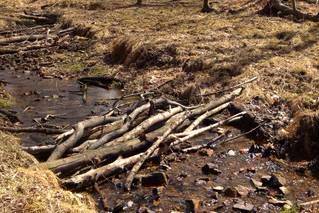
Woody debris addition experiment.
Giant salmonfly emergence.
Although a growing number of projects seek to restore degraded freshwater ecosystems, the biological and geomorphological factors driving the successful recovery of ecosystem functions in restoration sites remain unknown. We are investigating several restoration approaches used in freshwater ecosystems. We study how beaver dam analogs (BDAs) influence aquatic macroinvertebrate recovery and community composition in areas that have historically been grazed by cattle. We link riparian landuse changes to stream temperature, food resource availability, and the phenology of aquatic macroinvertebrates. As part of our phenology research, we have established a long-term monitoring dataset of giant salmonfly emergence in southwestern Montana. And, we study how management for invasive Lake Trout in Yellowstone Lake, WY might influence non-target macroinvertebrate taxa by altering water chemistry. Lake trout are removed from Yellowstone Lake by fishing vessels every summer and their carcasses are used to smother Lake trout eggs during spawning. Smothering occurs when the Lake trout carcasses decay and reduce oxygen levels, resulting in Lake trout embryo death. We study how the carcasses affect macroinvertebrates.

